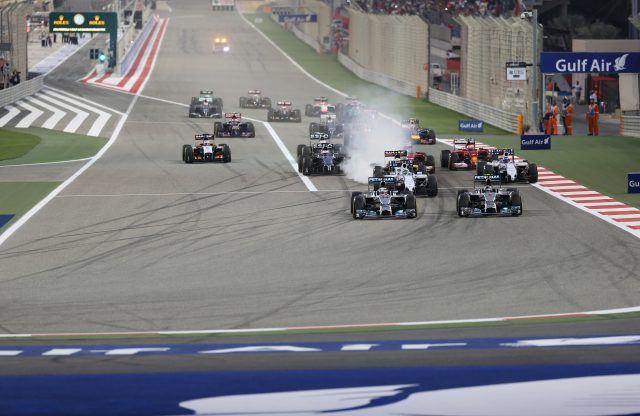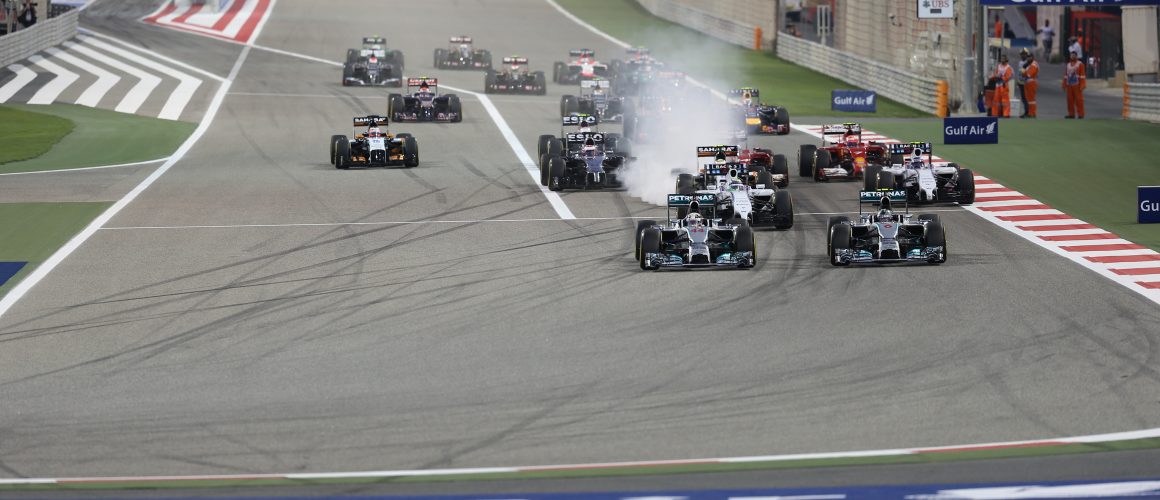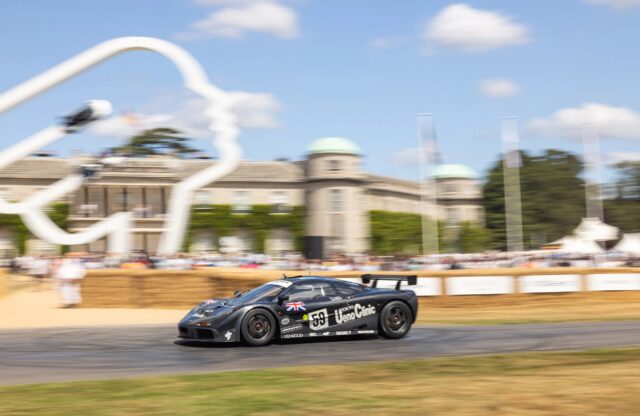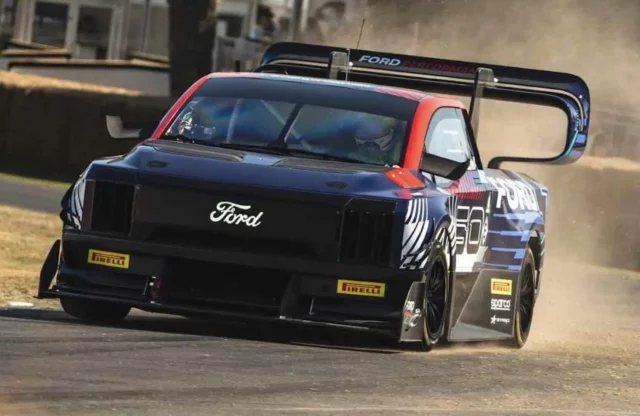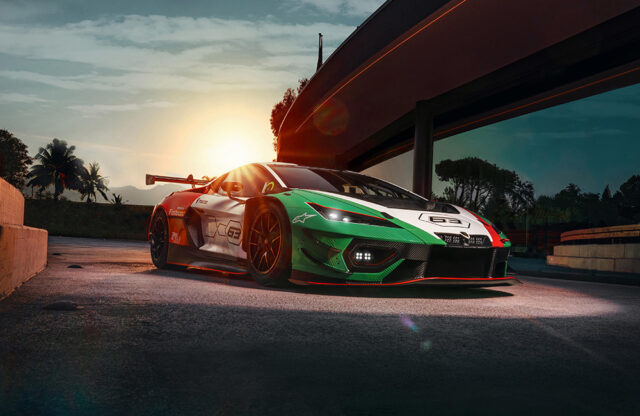WORDS: ELLIOTT HUGHES | PHOTOGRAPHY: WIKIMEDIA COMMONS
Formula 1 is back this weekend as the season opener gets underway at the Bahrain International Circuit. Max Verstappen and his Red Bull team head into the 2023 season as favourites, closely pursued by the likes of Ferrari, Mercedes and perhaps even Fernando Alonso and Aston Martin, who were the talk of the paddock in pre-season testing.
As the countdown to the start of the Formula 1 season rapidly approaches, we look back at ten of the sport’s most memorable curtain raisers:
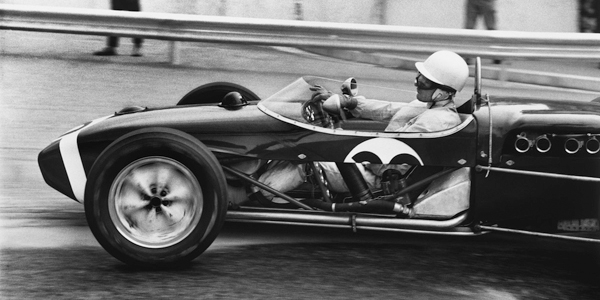
1961 – Stirling Moss triumphs in Monaco
Races such as the 1961 Monaco Grand Prix are why the late Stirling Moss is so often touted as the greatest driver to never win the World Championship. Phil Hill and Ferrari largely dominated the 1961 season, but Monaco was one occasion where Moss and his Lotus were the class of the field.
It was in this hot early summer race that Stirling decided to remove the side panels from his car to enhance cockpit cooling, so leaving his legs (and, as it turned out, a broken chassis tube) entirely exposed. Nevertheless, the Briton’s weekend in the principality started perfectly as he snatched pole position from Ferrari’s Richie Ginther. Moss lost the lead to Ginther at the race start, but he retook the position into Massenet on lap 14. From there, Moss was in imperious form, driving an inch-perfect race until the chequered flag.
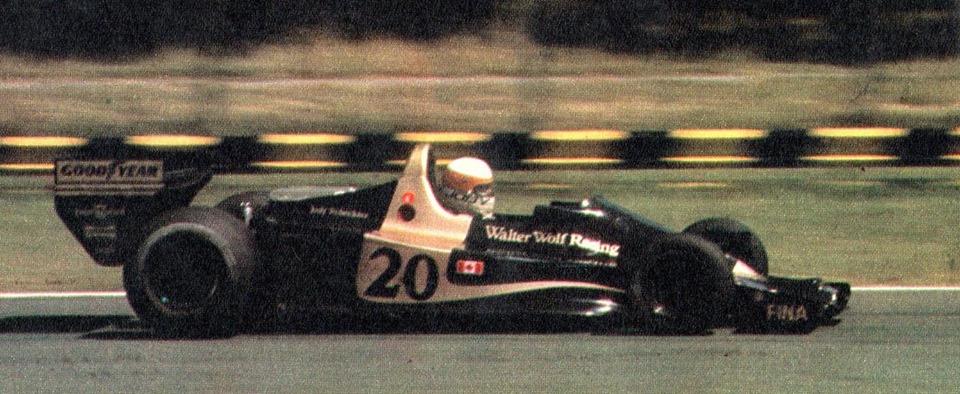
1977 – Scheckter wins for Walter Wolf Racing
Walter Wolf Racing’s first event as a standalone team saw it become one of just four outfits in F1 history to record a debut win.
Wolf’s only car was driven by South African Jody Scheckter, who qualified 11th for the 1977 season opener at Buenos Aires. John Watson initially led the race for Brabham, but tyre blistering meant he soon yielded the lead to reigning World Champion James Hunt.
Hunt then crashed out with broken rear suspension, handing the lead back to Watson – who then suffered suspension maladies of his own. Watson’s team-mate Carlos Pace was the next man to inherit the lead, but he was overtaken by a charging Scheckter with only five laps remaining.
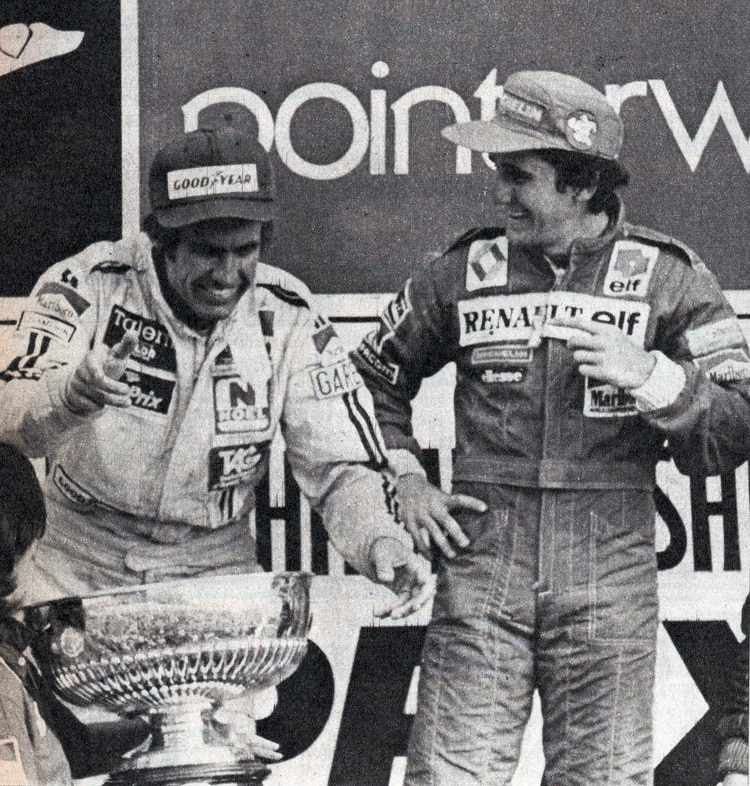
1982 – The Professor shows his speed
With 51 victories and four titles, Alain ‘The Professor’ Prost’s typical approach to racing was to win as slowly as possible. As much as the Frenchman was a master of race-craft, his outright pace was just as impressive – as proven by his performance at the 1982 South African Grand Prix.
Prost started the race in fifth, but an excellent start saw him jump to second place behind his countryman and Renault team-mate René Arnoux. By lap 14, Arnoux had relinquished his lead to Prost, who had begun to build a comfortable lead.
Disaster struck at around half-distance, when Prost’s rear left tyre burst, forcing him to limp his stricken Renault back to the pits. Lapped and down in eighth position, Prost’s challenge for the win appeared to be over. The Professor had other ideas.
Armed with fresh rubber, Prost re-entered the race and immediately lit up the timing screens with searing pace. He then began doggedly picking off each driver in front of him, before retaking the lead from his team-mate in the closing stages.

1989 – Il Leone roars for Ferrari
Just a year removed from one of the most dominant seasons in F1 history, McLaren was the clear favourite at the 1989 season opener in Brazil.
Reigning World Champion Ayrton Senna started from pole position for McLaren ahead of Riccardo Patrese in the Williams and Gerhard Berger’s Ferrari. Shockingly, the top three collided at the first corner, and the damage to Senna’s McLaren effectively removed him from contention.
Patrese emerged from the melee with team-mate Thierry Boutsen for a Williams one-two, followed by the V12 howl of Nigel Mansell’s Ferrari 640. Equipped with a groundbreaking paddleshift gearbox, Mansell’s Ferrari had been fast if woefully unreliable in pre-season testing, so the Briton went into the race expecting to retire.
Mansell’s Ferrari kept running, though, and finished the race in first place ahead of Alain Prost’s McLaren, despite the need for a mid-race steering-wheel change to remedy a transmission problem. The March of Maurício Gugelmin finished an unlikely third, ahead of rookie Johnny Herbert.
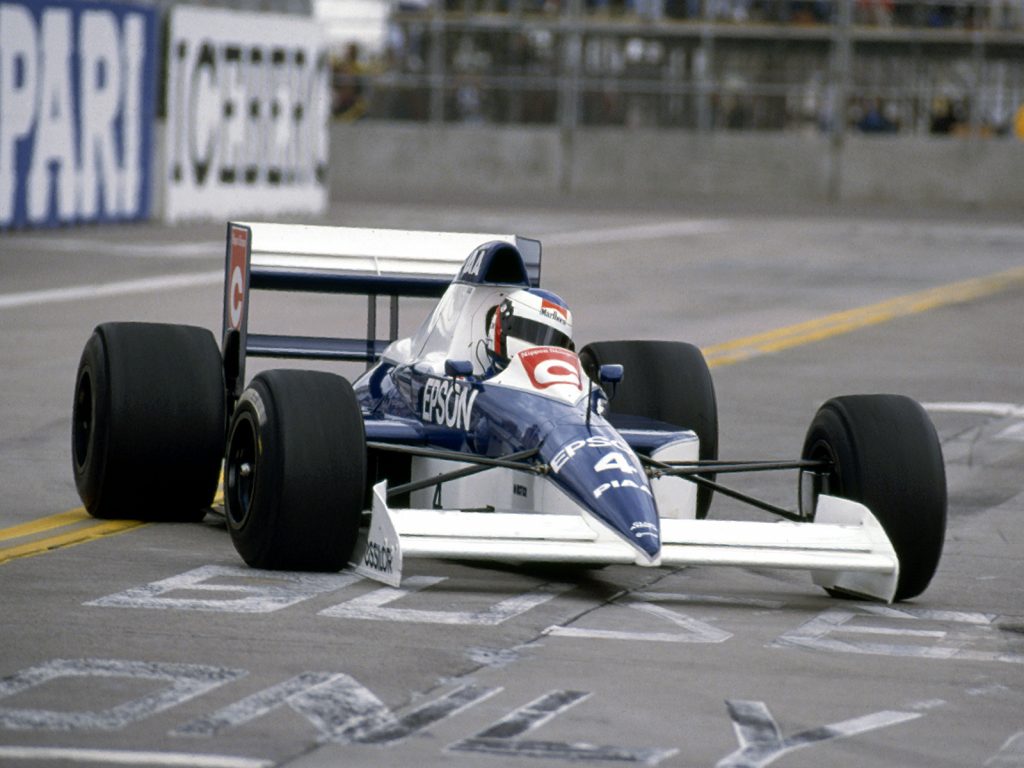
1990 – Alesi vs Senna
The 1990 season began with the United States Grand Prix in Phoenix, Arizona. An unexpected downpour in qualifying led to the unlikeliest of starting grids for the race on Sunday. McLaren debutant Gerhard Berger started from pole position ahead of Pierluigi Martini’s Minardi and Andrea de Cesaris’ Dallara in third. Frenchman Jean Alesi lined up in fourth for Tyrrell ahead of the McLaren and Benetton of Senna and Piquet.
Alesi vaulted into the lead at turn one, and stayed there until lap 34, when Senna passed him on the inside. An unflappable Alesi held the outside line and boldly retook the lead from Senna in the next corner.
On the next lap, Senna seized the race lead back once again, and he finished eight seconds ahead of Alesi’s Tyrrell. Alesi’s audacious drive meant he was widely tipped as a future World Champion, but he was destined to end his career with just one race win in 1995.
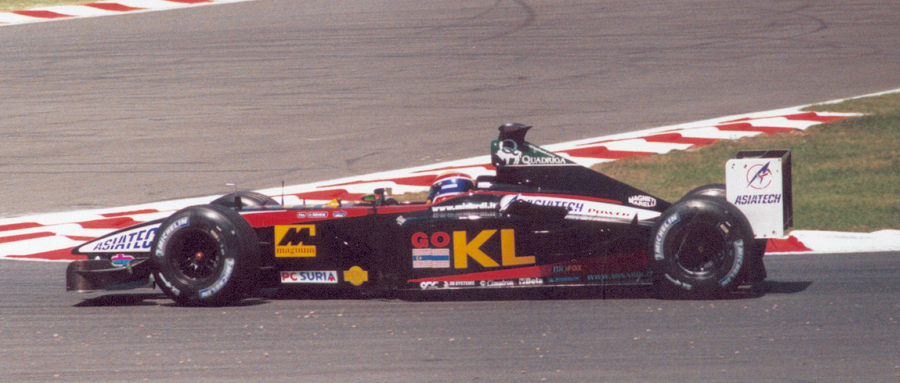
2002 – Rookie Mark Webber delights his home crowd
The first round of the 2002 season has gone down as one of the best Grands Prix ever held at the hit-and-miss Albert Park circuit. The weekend began with Rubens Barrichello taking pole position for Ferrari, but the Brazilian was immediately taken out of contention by Ralf Schumacher, whose Williams was spectacularly launched into the air after colliding with the back of the Ferrari.
The crash between Barrichello and Schumacher started a huge accident that caused eight cars to retire at the first corner. The Ferrari of Michael Schumacher emerged victorious from the chaos, ahead of the Williams of Juan Pablo Montoya and McLaren’s Kimi Räikkönen in third.
It was Australian rookie Mark Webber, however, who was the star of the race. He soaked up relentless pressure from the Toyota of veteran Mika Salo to cross the line in fifth for Minardi in front of his home crowd.
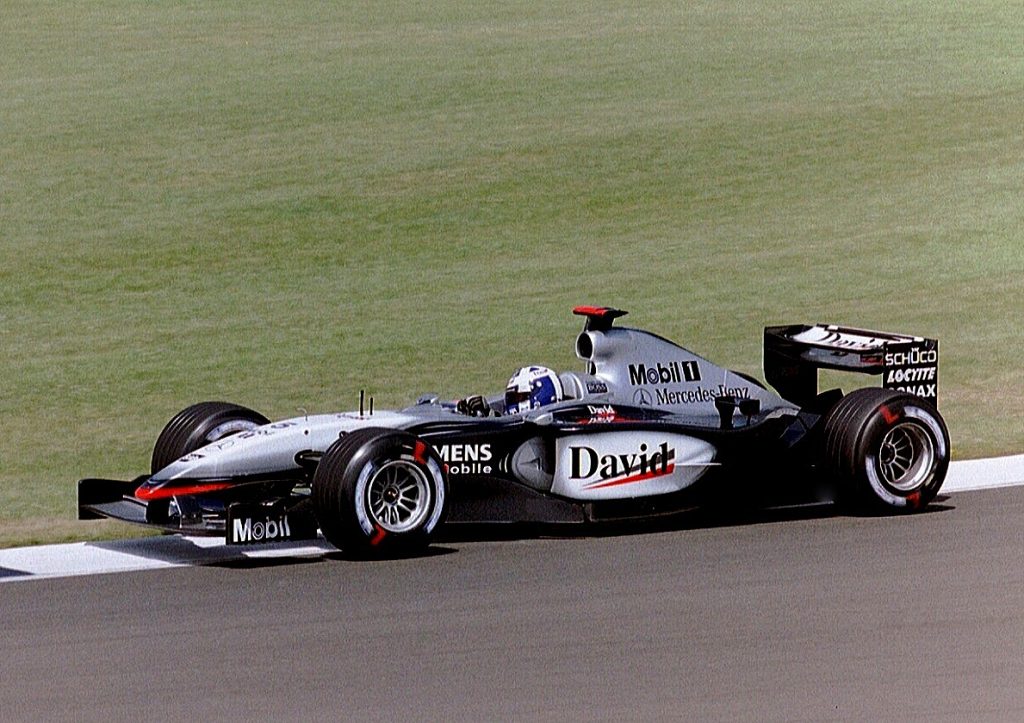
2003 – An opportunist Coulthard snatches victory
Many F1 fans look back on the V10 era of the 2000s as a halcyon period in F1 history. The truth, however, is that while the cars did indeed produce a spine-tingling sound, the dominance of Michael Schumacher and Ferrari made races predictable.
In 2003, Ferrari was at the pinnacle of its powers, and the season began in Australia with Schumacher and team-mate Rubens Barrichello locking out the front row – Sunday’s event appeared to be a foregone conclusion. But all that changed with a timely pre-race downpour.
The showdown began dramatically as Barrichello jumped the start and crashed into the wall on lap six. Then, Räikkönen, Montoya and Schumacher all switched to dry tyres at different times. This started a three-way battle for the win, as each driver’s strategy unfolded.
On lap 38, Schumacher challenged Räikkönen for the lead with a bold move around the outside of turn one. The Finn staunchly defended his position, pushing the Ferrari driver wide over the exit kerb and onto the grass.
Räikkönen now looked certain to take the win, only to be handed a penalty for speeding in the pitlane. Räikkönen’s faux pas handed the lead to the Williams of Juan Pablo Montoya, who then made a costly mistake of his own, inexplicably spinning with just ten laps to go.
The beneficiary of all this? McLaren’s David Coulthard, who recorded the last of his 13 Grand Prix victories in the unlikeliest of circumstances.
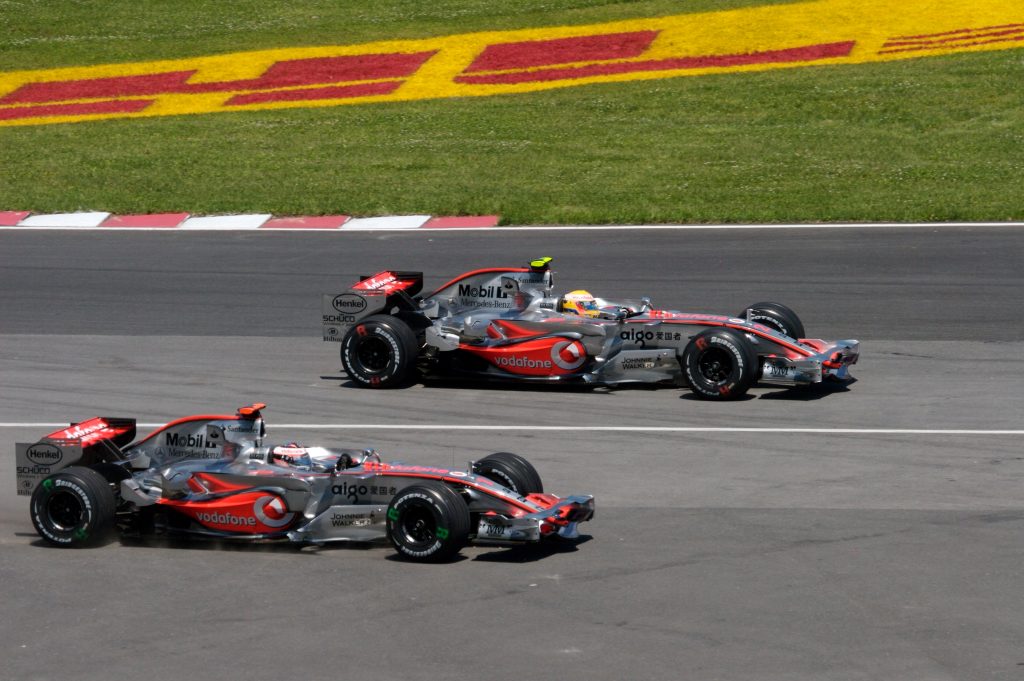
2007 – Lewis Hamilton explodes into Formula 1
For 2007, Ferrari replaced a newly retired Michael Schumacher with Kimi Räikkönen, whose McLaren seat was filled by reigning champion Fernando Alonso. The season opener saw Räikkönen make the perfect start to his Ferrari career by clinching pole position and then romping to victory on Sunday afternoon.
The limelight, however, was stolen by Alonso’s 22-year-old rookie team-mate: Lewis Hamilton, the first black driver in F1. Hamilton started his historic career by overtaking his double-World Champion colleague around the outside at turn one and finishing in third place.
Hamilton went on to challenge for the title in 2007. He finished just one point behind Räikkönen, in what is widely considered to be the best rookie season in the history of the sport.
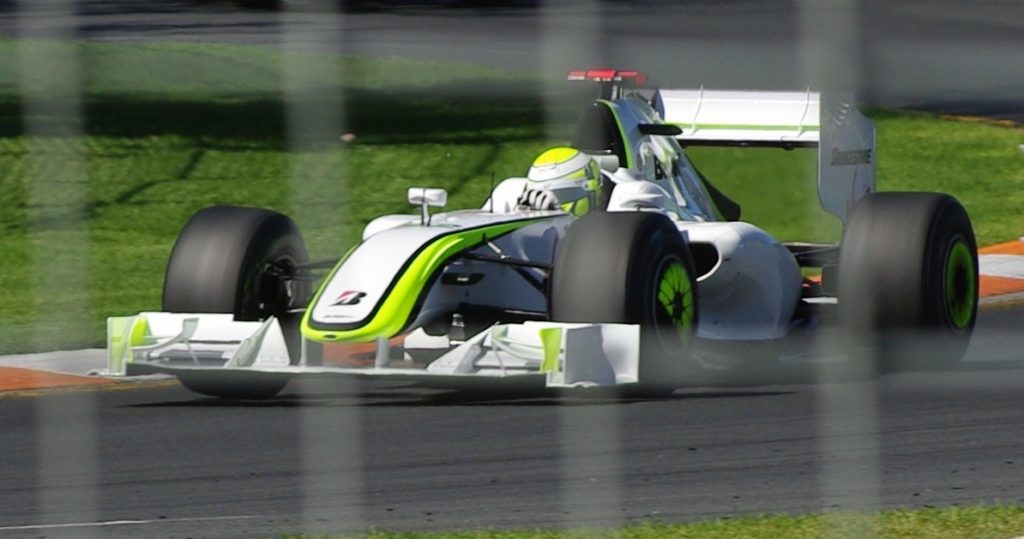
2009 – Brawn GP takes shock debut win in Australia
A generational aerodynamic rule change, the Great Recession and a titanic 2008 title battle between front-runners Ferrari and McLaren combined to make 2009 one of the most remarkable seasons in F1 history.
It all began in December 2008, when Honda decided to pull the plug on its F1 programme after a dismal season amid deepening financial concerns. Honda team principal Ross Brawn then led a last-minute management buyout of the Honda team for £1, and rebranded it Brawn GP.
The Brawns looked strong in 2009 pre-season testing, yet cynics suggested the team was carrying out low-fuel ‘glory laps’ to attract sponsors to a blank car. Meanwhile, the previous season’s top three teams – Ferrari, McLaren and BMW – were languishing at the bottom of the time sheets.
Any doubts about Brawn GP’s pace were put to bed when Jenson Button and team-mate Rubens Barrichello remarkably locked out the front row in Australia for the season opener. Button began what would become his storied championship-winning season with an imperious lights-to-flag victory. Barrichello got off to a poor start, but recovered to finish second.
None of the top three teams from the previous season scored points, because of the significant pre-season rule change, and Red Bull would emerge as Brawn’s closest challenger.
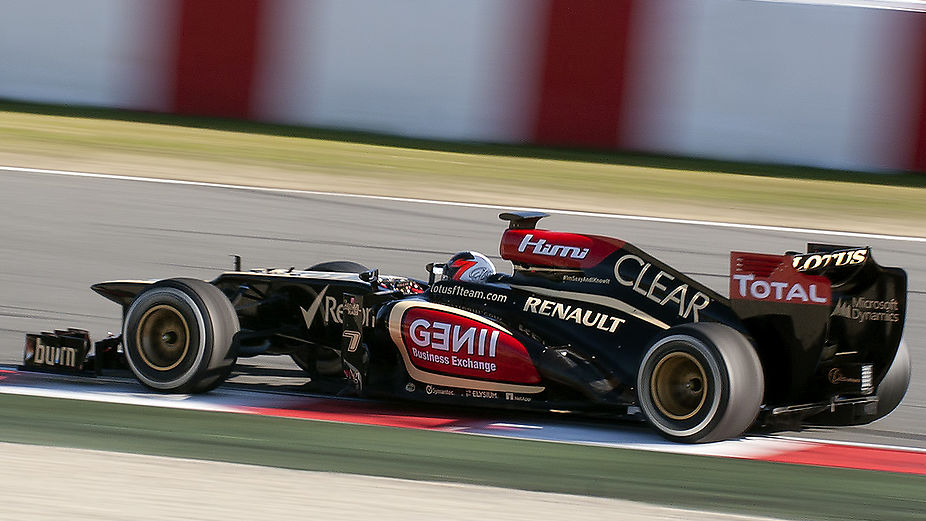
2013 – Lotus and Räikkönen topple Red Bull
It was business as usual for triple World Champion Sebastian Vettel and his Red Bull team when 2013 got underway, with the German lining up in pole position alongside team-mate Mark Webber.
The sense of déjà vu only increased when Vettel scampered off into the distance during the first phase of the race. Yet things began to unravel for the reigning World Champion when a slow second pitstop meant that he lost the lead to the Ferrari of Fernando Alonso.
Since most of the leaders were employing a three-stop strategy, the race started to swing in favour of the two-stopping Lotus of Kimi Räikkönen. With 24 laps left, the Finn made his last pitstop and came out in fifth place. The four drivers in front of him still had to make one more stop.
Lotus’ clever strategy and Räikkönen’s race pace were enough to stave off Vettel and Alonso on fresher tyres, handing the ‘Iceman’ and his team an unlikely victory from seventh on the grid.
